In a recent article published by The Washington Post, the shortage of caretakers and rapid rate of nursing home shutdowns in the state of Maine was highlighted.1 A crisis that the article says may be reflected throughout the country in the near future. So, is there a nursing shortage coming soon to this country or is it already here? How serious will the crisis be? We investigate the U.S. nursing shortage.
U.S. Nursing Shortage and Surplus Statistics & Predictions
According to a 2016 report by the U.S. Bureau of Labor Statistics, there will be nearly 1.2 million registered nurse (RN) vacancies particularly in the home care, long-term care, outpatient, and rehabilitation fields.2 While a projected high supply of new nurses will help occupy much of those vacancies and may even lead to a few surpluses, some regions in the country are expected to fall short.
The U.S. Health Resources and Services Administration released a 2014 report predicting a 21% percent increase in nationwide demand for registered nurses by 2025. Demand is projected to be higher than supply in 16 states, with Arizona, Colorado, and North Carolina experiencing the most extreme shortages.3
At the national level, shortages of Licensed Practical Nurses (LPN) may be even more severe. The HRSA predicts that 22 states will experience a smaller growth in the supply of LPNs compared to their state-specific demand with Maryland, North Carolina, and Georgia experiencing the greatest shortfalls.3
Today’s U.S. Nursing Shortage & Growing Need for Caretakers
But what about the state of the nation’s nursing industry today? Some states, like Maine, are already feeling the negative impact of the U.S. nursing shortage. The lack of young caretakers to care for aging populations, particularly in states with fewer immigrants who disproportionately occupy most of the jobs in the elder care field, may become a growing problem throughout the U.S.
“We have added an entire generation since we first put the safety net in place but with no plan whatsoever for how to support them. As the oldest state, Maine is the tip of the spear — but it foreshadows what is to come for the entire country.” – Ai-jen Poo, Co-Director at Caring Across Generations 1
In 2018, Maine became what the World Bank defines as a “super-aged” state – a fifth of its population is older than 65. By 2026, 15 other states will join Maine by crossing this significant aging milestone. Between 2015 and 2050, the number of seniors across the country will double, increasing by over 40 million, while the population over the age of 85 will almost triple in number. 1
The Demand for Nurses and Healthcare Professionals Grows
The upcoming high demand for at-home, long-term care, and elderly care services will potentially require major changes to the nation’s senior citizen programs and workforce of healthcare providers. What is certain, the demand for RNs, LPNs, nursing aides, medical assistants, and other healthcare professionals will continue to grow.
Fortunately, FVI School of Nursing and Technology offers an RN nursing program in Florida and NCLEX review courses to help you get your ASN at either our Miami nursing school or Miramar nursing school. If an ASN is not for you we offer practical nursing program and a dual home health aide nursing assistant program. Our expert team of instructors also teach pharmacy technician training, and medical assistant training programs in Miami and Miramar. Contact us or call 786-574-3350 today to learn more about our healthcare programs and admissions process!
Sources
- Jeff Stein, The Washington Post – ‘This will be catastrophic’: Maine families face elder boom, worker shortage in preview of nation’s future
- Bureau of Labor Statistics, Occupational Outlook Handbook – Registered Nurses
- S. Health Resources and Services Administration – The Future of the Nursing Workforce: National- and State-Level Projections, 2012-2025








